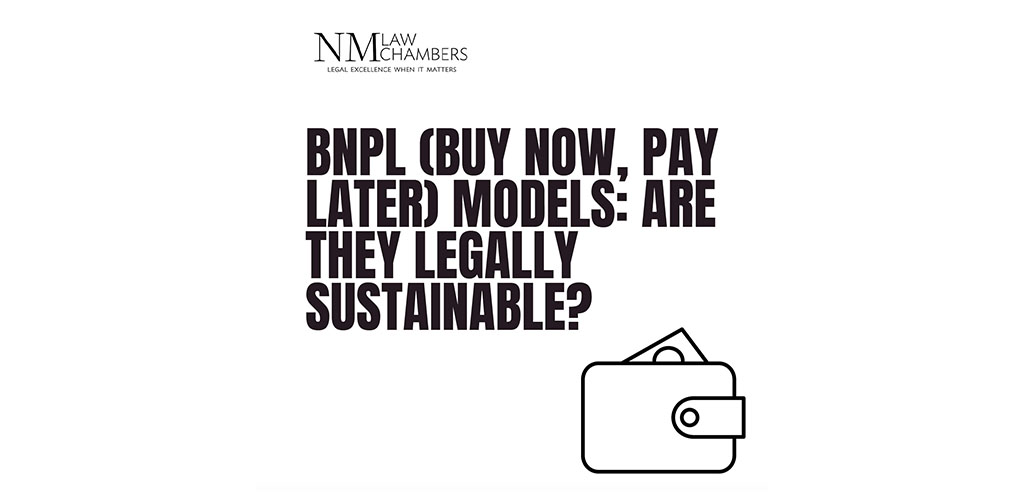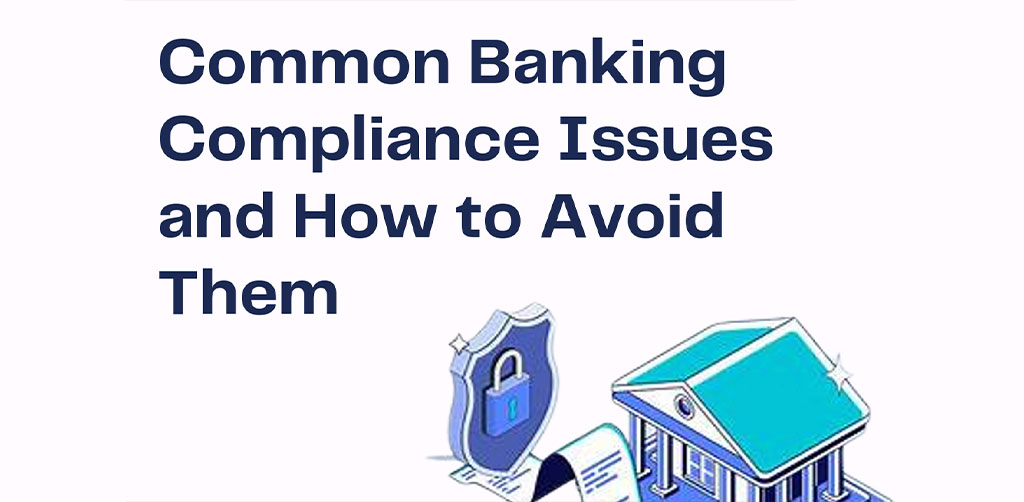SUBSCRIBING TO TROUBLE? LEGAL CHALLENGES OF AUTO-RENEWAL IN INDIAN BUSINESS MODELS
– Sukanya Joshi, Associate In recent years, subscription-based business models have become a cornerstone of modern commerce across sectors, including digital entertainment, software services, e-commerce, education, and personal care. These models promise convenience and predictability for both service providers and consumers. Central to this model is the auto-renewal clause—an agreement provision that enables seamless continuation of service by automatically renewing the consumer’s subscription at the end of each billing cycle. While beneficial in theory, these clauses pose significant legal risks in India, especially in light of evolving jurisprudence and consumer protection regimes. This article seeks to examine the legal implications of auto-renewal clauses in subscription contracts in India, dissecting their compatibility with statutory obligations, regulatory frameworks, and evolving consumer expectations. 1. The Anatomy of Auto-Renewal Clauses Auto-renewal clauses are contractual provisions that facilitate the automatic renewal of services for a subsequent term unless terminated by the consumer within a specified period. These clauses are typically drafted to favour . continuity and to minimize operational overheads linked to recurring customer acquisition. However, in the Indian legal context, such clauses must be carefully scrutinized for fairness, transparency, and compliance with regulatory mandates. Failure to do so may render these clauses unenforceable or expose businesses to penalties, class action suits, or reputational harm. 2. Statutory Framework in India Consumer Protection Act, 2019 The Consumer Protection Act, 2019 (CPA) is the primary legislation governing consumer rights and fair trade practices in India. It defines “unfair trade practices” to include deceptive and misleading methods, particularly in the offering and performance of services. An auto-renewal clause, if not clearly disclosed or explained, may fall within the ambit of an unfair contract term under Section 2(46) and Section 49 of the CPA. The Central Consumer Protection Authority (CCPA) is empowered to investigate and penalize such practices. Key legal implications include: Indian Contract Act, 1872 Under the Indian Contract Act, all agreements must be formed with free consent and mutual understanding. A one-sided auto-renewal clause that materially alters the rights or obligations of the consumer without fresh consent at the time of renewal may be interpreted as lacking mutuality, a core requirement of a valid contract. Moreover, Section 23 of the Contract Act renders any contract or clause void if it defeats the provisions of any law or is against public policy. Auto-renewal clauses that operate in a manner contrary to consumer interest or statutory safeguards could fall foul of this provision. 3. Regulatory Guidelines and Banking Norms The Reserve Bank of India (RBI) has played a pivotal role in shaping the operational framework for auto-renewals, especially those involving recurring payments on credit and debit cards. RBI Guidelines on e-Mandates (2021) Effective from October 1, 2021, the RBI mandated the following for recurring card-based transactions: Non-compliance with these regulations could lead to transaction failures, customer dissatisfaction, and enforcement action against the entity initiating such debits. 4. Risks and Legal Exposure for Businesses a. Violation of Consent Norms A key risk lies in the assumption of tacit consent. Many businesses opt users into auto-renewals by default, often buried deep within their terms and conditions. Indian courts and consumer forums have increasingly held that true consent must be free, informed, and affirmative. b. Data Protection and Privacy Concerns With the introduction of the Digital Personal Data Protection Act, 2023, the handling of personal financial data in auto-renewal systems must be in consonance with the principles of purpose limitation, transparency, and data minimization. The act imposes civil penalties for misuse or unauthorized processing of personal data. c. Regulatory and Financial Sanctions Businesses that fail to comply with RBI mandates risk being blacklisted by payment gateways or subject to penalties. Moreover, disruptions in transaction processing due to non-compliance may adversely impact cash flow and customer satisfaction. d. Litigation Risk Unsatisfied consumers may approach consumer dispute redressal commissions seeking refunds, damages, or injunctive relief against auto-renewals. Recent jurisprudence shows that courts are inclined to side with consumers where asymmetry of information or procedural unfairness is evident. 5. Judicial Interpretation Indian courts have traditionally adopted a consumer-centric approach when examining adhesion contracts—standard form agreements where consumers have limited scope for negotiation. For example, in L.I.C. of India v. Consumer Education and Research Centre (1995), the Supreme Court held that “unconscionable terms” in contracts offered on a “take it or leave it” basis are not binding. Applied to auto-renewal clauses, this principle would mean that if the renewal process lacks sufficient checks to ensure ongoing consent, the clause may be struck down. 6. Best Practices for Risk Mitigation Businesses operating in the subscription space must proactively structure their contracts and operational models to align with Indian legal standards. 1. Transparent Disclosure 2. Affirmative Consent 3. Cancellation Mechanism 4. Legal Review and Compliance 5. Audit and Record-Keeping 7. The Way Forward India’s legislative and regulatory ecosystem is evolving in tandem with its growing digital economy. Subscription-based businesses must view legal compliance not as a hurdle but as a cornerstone of sustainable growth. The auto-renewal model, while commercially attractive, must be implemented with fairness, clarity, and respect for consumer autonomy. By adhering to a compliance-first approach—grounded in transparency, consent, and accountability—enterprises can build resilient subscription models that withstand legal scrutiny and foster consumer trust. Conclusion In the Indian legal context, auto-renewal clauses in subscription-based business models carry significant legal baggage. From statutory compliance under the Consumer Protection Act and the Indian Contract Act, to strict RBI regulations and data protection norms, businesses must tread carefully. The cost of non-compliance is no longer limited to financial penalties; it now encompasses loss of goodwill, erosion of trust, and potential class actionliability. Therefore, businesses that rely on recurring revenue streams must not only invest in robust technological systems but also embed legal foresight into their operational DNA. Ultimately, respecting the rights of consumers is not just a legal obligation—it is a business imperative.
SUBSCRIBING TO TROUBLE? LEGAL CHALLENGES OF AUTO-RENEWAL IN INDIAN BUSINESS MODELS Read More »










